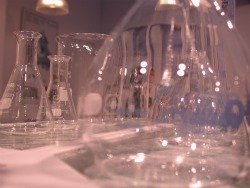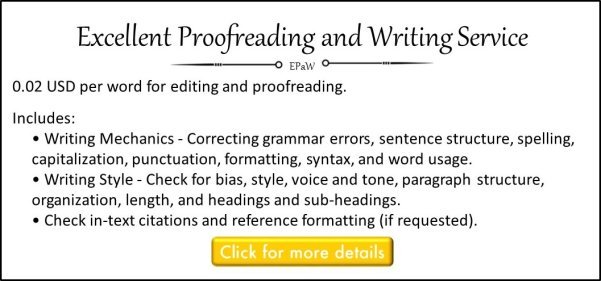Writing a Scientific Paper - Results, Discussion and Conclusion Sections
Results
The results section is the part of the scientific paper around which everything else is built. The introduction describes why the results needed to be obtained, the methods how they were obtained and the discussion explains the results.

The results section is just a presentation of the data. There should not be any discussion in the results section (that goes in the discussion section). The results need to be presented in enough detail for someone not familiar with the scientific paper to understand them. All the results should be explained in the text of the results section as well as being presented in either figures or tables. Each result should only be presented once. Do not show the same data in two forms (data should be presented as either a table or a figure not both).
The text of the results section should introduce each table or figure and provide a summary of the main points from each.
The results should:
- Be simple and clear
- Present summaries of large data sets (means with standard error or deviation)
- Detailed data should be reported in tables or figures and not as lists in the text
- Only give the data which is relevant to the paper
- Refer to every table or figure in the text
Each figure or table should be identified by a unique number e.g. table 1, table 2, figure 1, figure 2. The numbers should be sequential, in the same order as the tables or figures are presented in the text.

Discussion
In the discussion you should explain your results, how they relate to the literature and any implications they might have for future use.
A good discussion will explain why your results and the whole paper is important. You'll show that your results can add new knowledge to your chosen area of work.
In the discussion you should refer to the literature when explaining and discussing your results. This should be related to the interpretation of your results and not restating what was said in the introduction when you reviewed the relevant literature.
The discussion should:
- Not repeat information from the results and introduction sections
- Relate the results to the aims
- Show how the results agree or disagree with previously published literature
- Indicate the significance of the results
- Suggest future work or planned follow-up research

Conclusion
Often the conclusion will be in the final paragraph of the discussion but it can sometimes be in a separate section.
This is the overall main point or points that you want your readers to remember. They should be clearly stated.
The conclusion should not repeat information from the discussion section but restate the main conclusions in a new concise way for your readers, so that they are in no doubt what you have achieved while doing the research presented in your paper.

Return to Scientific Writing from Writing a Scientific Paper 4
Return to Excellent Proofreading and Writing Homepage from Writing a Scientific Paper 4



By Jolyon Dodgson, copyright © 2011-2020.
Excellent-Proofreading-and-Writing.com - Proofreading and writing help for excellent first impressions.





New! Comments
Have your say about what you just read! Leave me a comment in the box below.